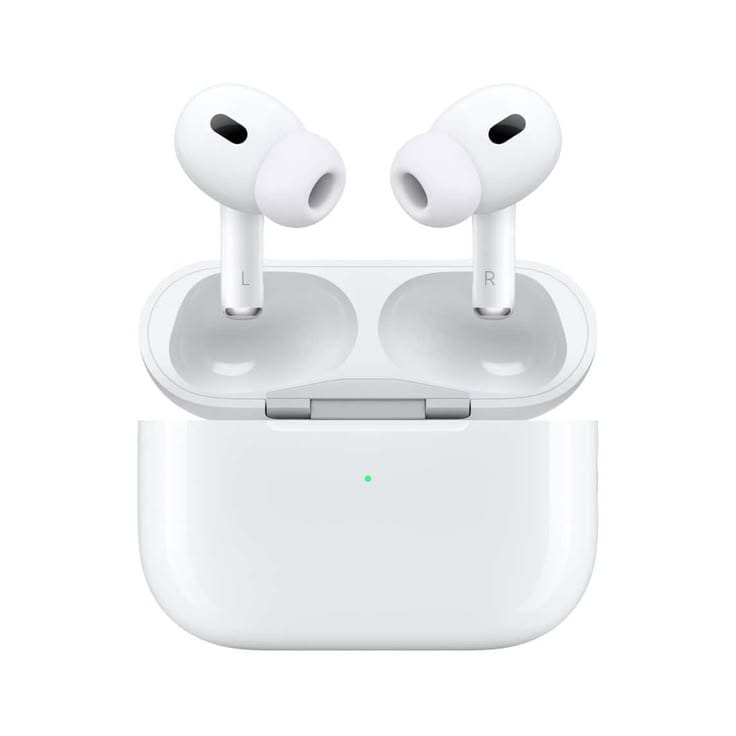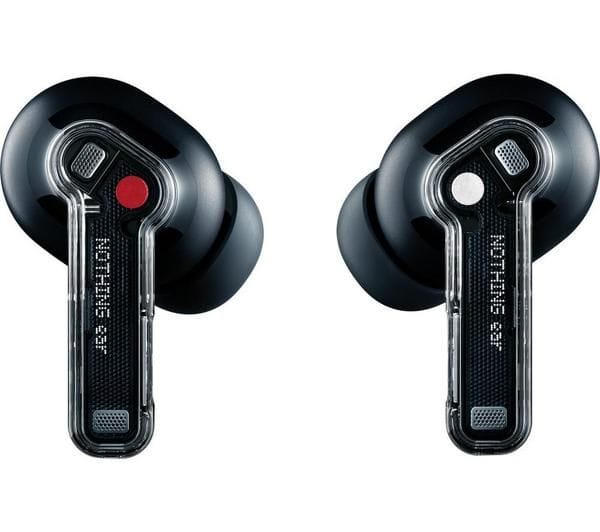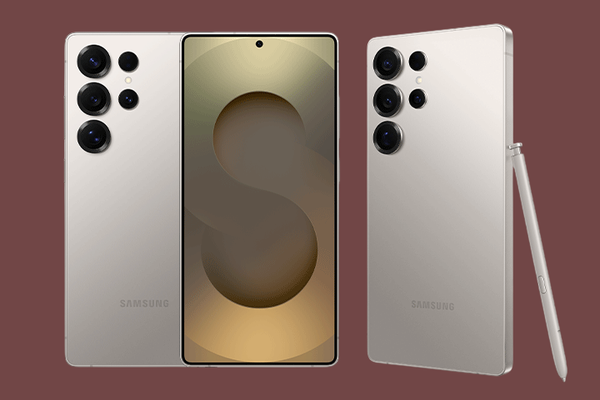How Bluetooth Earphones Have Taken Over Wired Earphones
Bluetooth is one of the most revolutionary technologies, reshaping how electronic devices connect wirelessly, enabling seamless communication.

The way we listen to music and interact with audio devices has evolved significantly in the last decade. Wired earphones, once the standard for audio consumption, are now gradually being overshadowed by wireless Bluetooth earphones. The shift toward Bluetooth audio technology has been fuelled by convenience, portability, and advancements in connectivity. This article explores how Bluetooth earphones work, their pros and cons compared to wired counterparts, and how brands like Apple and Nothing have revolutionised the true wireless stereo (TWS) earphones market.
Understanding Bluetooth Technology
Bluetooth is a short-range wireless communication technology that enables devices to transmit data over radio waves instead of physical cables. Originally developed in the 1990s, Bluetooth has gone through several iterations, improving its efficiency, range, and data transmission speed.
Bluetooth earphones operate by pairing with a source device, such as a smartphone or laptop. The connection is established through Bluetooth protocols like SBC (Subband Coding) or AAC (Advanced Audio Coding), ensuring a smooth data transfer process while minimising latency issues. Modern Bluetooth audio codecs such as Qualcomm aptX and LDAC offer high-resolution audio, bridging the gap between wired and wireless listening experiences.
Additionally, Bluetooth earphones incorporate features like noise cancellation, touch controls, and multi-device connectivity, making them far more functional than traditional wired earphones. With rechargeable batteries and smart chipsets, they can sustain long hours of playback without needing a constant wired connection.
Comparing Bluetooth and Wired Earphones
When comparing Bluetooth earphones with wired ones, several factors come into play:
Advantages of Bluetooth Earphones
- Portability & Convenience – The absence of tangled cables allows users to move freely, making them ideal for workouts and commuting.
- Advanced Features – Wireless earphones often come with Active Noise Cancellation (ANC), touch gestures, and voice assistant integration.
- Multi-Device Pairing – Many Bluetooth models support seamless switching between multiple devices, improving workflow efficiency.
- Improved Battery Life – Innovations in battery optimization have made wireless earphones last longer, reducing the need for frequent charging.
- True Wireless Experience – Many brands now offer true wireless stereo (TWS) earphones, eliminating cables entirely.
Disadvantages of Bluetooth Earphones
- Latency & Audio Compression – While codecs have improved sound quality, some users may still experience slight delays compared to wired earphones.
- Battery Dependency – Unlike wired earphones, Bluetooth models require charging, which could be inconvenient for prolonged use.
- Price – High-quality wireless earphones tend to be more expensive than wired alternatives.
- Connectivity Issues – Bluetooth earphones can sometimes experience interference, leading to dropouts or unstable connections.
Wired earphones, on the other hand, provide superior sound quality due to direct audio transmission with minimal latency. They do not require charging and are generally more affordable. However, their limitations in flexibility, lack of smart features, and susceptibility to tangling have contributed to their decline.
Apple’s AirPods: Leading the Truly Wireless Revolution
Apple’s AirPods have played a crucial role in the rise of wireless audio. Since the first-generation AirPods launched in 2016, Apple has continuously refined its audio ecosystem. The introduction of AirPods Pro and AirPods Max further solidified their dominance in the wireless space.
Apple uses its proprietary H1 and H2 chips to enhance Bluetooth connectivity, reducing latency significantly. This ensures smooth synchronization between audio and video, which is crucial for users watching movies or gaming. The low-latency feature also improves voice call quality and real-time communication in apps like FaceTime.

Multi-device connectivity is another major strength of AirPods. Thanks to Apple’s Continuity feature, AirPods can seamlessly switch between iPhones, iPads, and MacBooks without requiring manual reconnection. This intelligent integration within the Apple ecosystem makes them the preferred choice for users invested in Apple products.
Additionally, Apple’s Active Noise Cancellation (ANC) technology in the AirPods Pro uses adaptive sound processing, ensuring an immersive listening experience. Spatial Audio, powered by dynamic head tracking, further enhances surround sound quality, making wireless earphones rival high-end wired headphones.
Nothing Ear: The Most Innovative TWS Earphones Design
Nothing, a relatively new player in the audio industry, has made waves with its cutting-edge Ear series, including the Nothing Ear (1), Ear (2), and the recently launched Ear (Stick). What sets Nothing apart is its emphasis on transparent design, minimalism, and balanced audio performance.
Unique Design Approach
Unlike traditional TWS earphones, Nothing Ear features a transparent case and buds, showcasing the internal components—a distinct aesthetic that resonates with tech enthusiasts. The earbuds are lightweight, ergonomic, and built with sustainable materials, ensuring comfort and durability.

Audio & Features
Nothing Ear models incorporate high-performance ANC, delivering immersive sound quality. The 11.6mm dynamic drivers provide deep bass and crisp highs, competing with premium competitors. Additionally, the earbuds support LHDC and AAC audio codecs, ensuring high-resolution playback.
Seamless Connectivity
Nothing leverages ultra-fast Bluetooth 5.3 for stable connections. Their earbuds offer low-latency mode, making them suitable for gaming and multimedia consumption. The multi-device pairing feature enables effortless switching between smartphones and laptops.
Through its emphasis on design innovation, premium audio features, and affordability, Nothing has disrupted the market, proving that TWS earphones can be both stylish and high-performing.
Conclusion
The transition from wired earphones to wireless Bluetooth earphones has been fueled by technological advancements and user preferences for convenience. While wired earphones continue to serve audiophiles seeking pristine sound quality, the majority of consumers have embraced wireless audio solutions due to their portability, smart features, and evolving battery efficiency.
Brands like Apple and Nothing have further cemented the dominance of Bluetooth earphones. Apple’s AirPods stand out with their seamless device switching and low-latency performance, while Nothing Ear has redefined TWS design with its transparent aesthetic and competitive features.
With continuous innovations in Bluetooth technology—such as LE Audio and the adoption of new wireless codecs—the gap between wired and wireless earphones is shrinking rapidly. As the industry moves forward, we can expect even more immersive, high-fidelity listening experiences without compromising convenience.
Ultimately, Bluetooth earphones have transformed personal audio consumption, making them the preferred choice for millions worldwide. Whether for music lovers, professionals, or casual listeners, wireless audio is here to stay, defining the future of sound.




